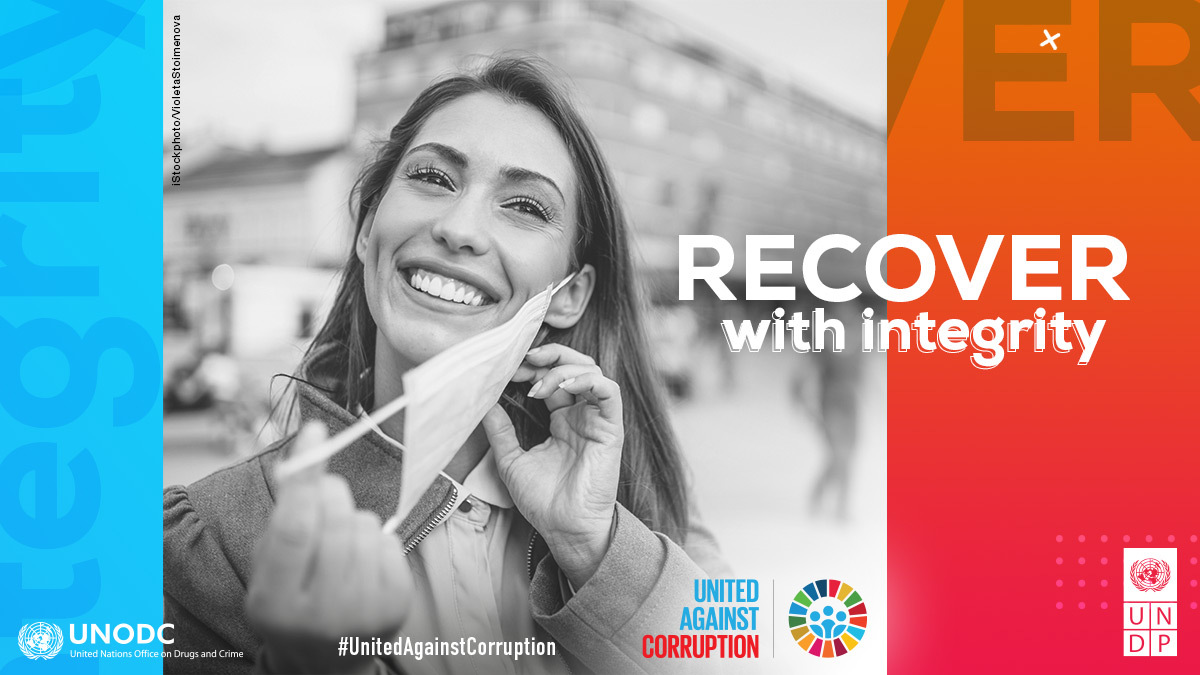GENDER AND CORRUPTION
→ The time is now to address the gender dimensions of corruption.
Corruption impacts men and women differently. In many contexts, the traditional, cultural and social norms that promote women as the main caregiver, and which too frequently place women at a disadvantage in the workforce, have resurged with a whiplash effect on women’s empowerment and gender equality. A majority of those working in the informal sector are women, as many as 92 per in low-income countries.
The COVID-19 pandemic has highlighted how the salience of corruption in public services can undermine gains in women’s empowerment and further deepen existing gender inequalities. Women are bearing the brunt of the socio-economic fallout from COVID-19 and is exacerbated by corruption. Even though women constitute almost 70% of the healthcare workforce, they are largely absent from the leadership and expert groups managing COVID-19 response and recovery efforts.
Women need to be more effectively engaged and empowered to take a more active role to promote accountability and transparency, now more so than ever, by being able to voice their concerns and inform policy responses that address the challenges women face during COVID-19. The time is now to address the gender dimensions of corruption to recover with integrity and inclusion.
Actions
- Give women a seat at the table to ensure gender equality and diversity in decision-making process, including on COVID-19 policymaking, emergency support packages and economic recovery planning.
- Prioritize education in the post-COVID-19 budgets as education is the key to give especially women and girls the knowledge essential to fight corruption and to advance women’s economic empowerment.
- Ensure equal access to health care, maternity clinics and other essential services for women, particularly during the pandemic.
UNODC Tool
The Time is Now – addressing the gender dimensions of corruption
